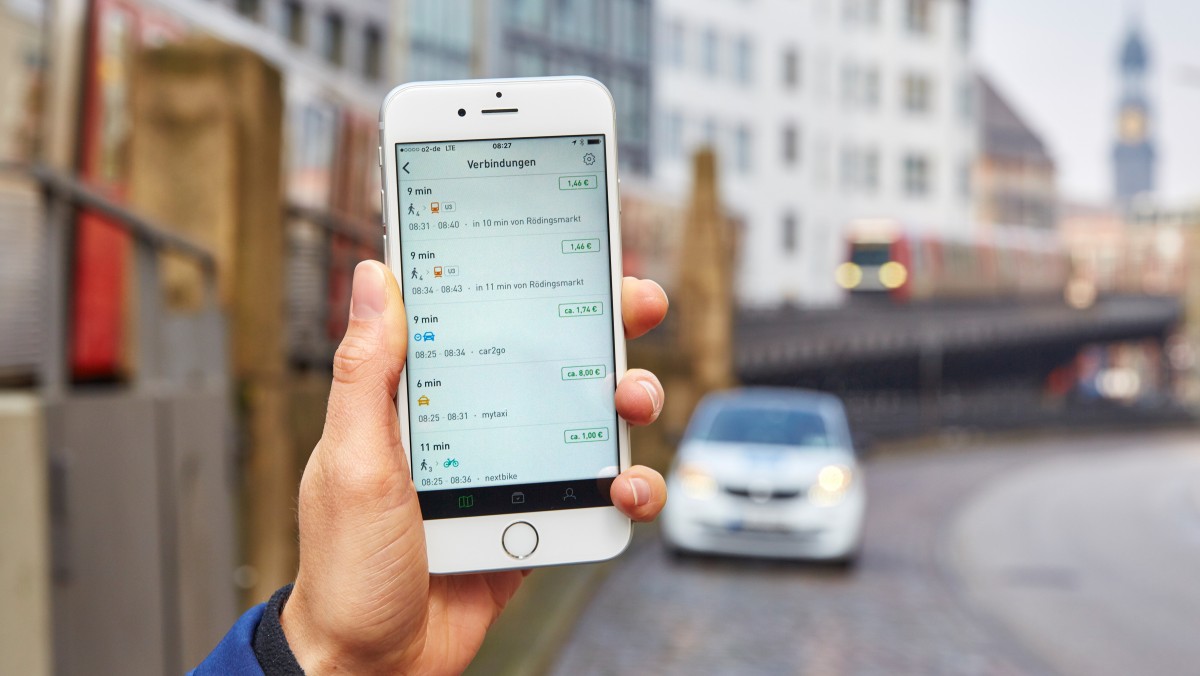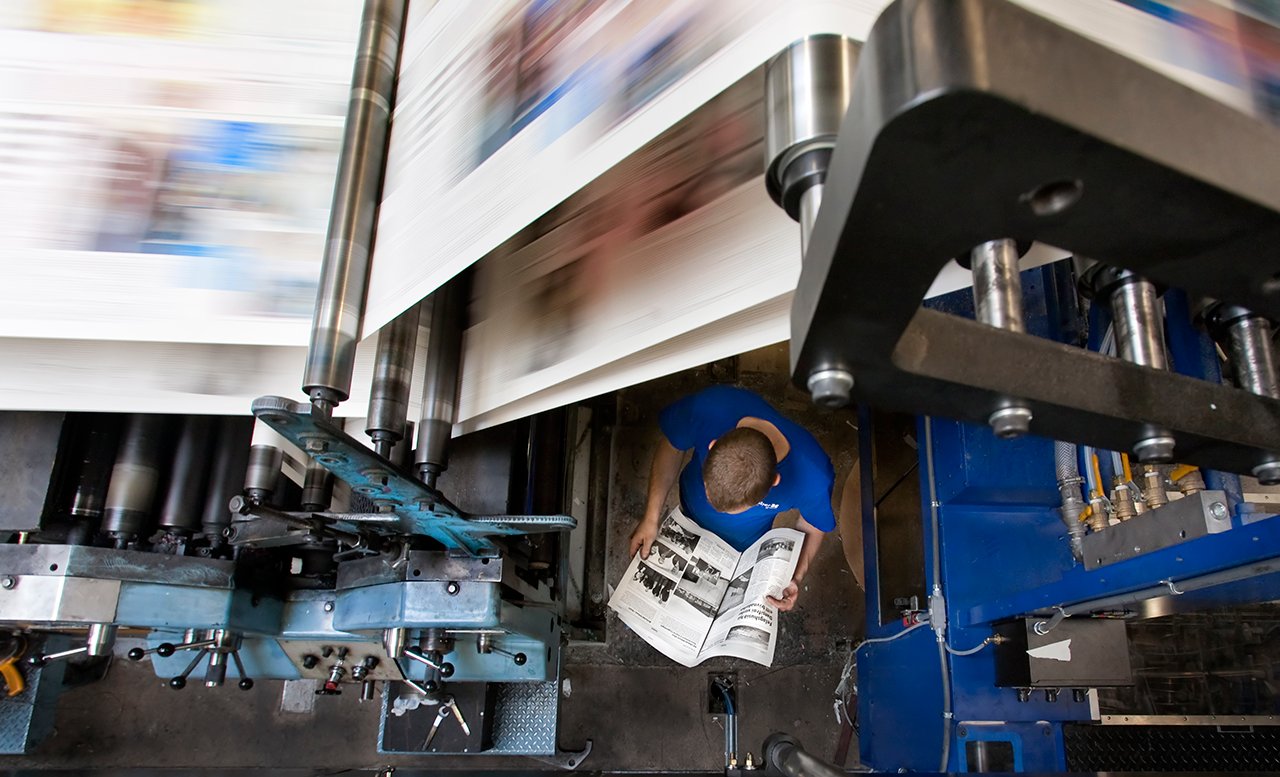Digital transformation has become something of a catch-all term. It’s difficult to define succinctly because it does encompass a broad sweep of technologies and it manifests in different ways depending on company and industry. The Altimeter Group’s ‘2016 State of Digital Transformation’ report defines it as: “The realignment of or investment in new technology, business models, and processes to drive value for customers and employees and more effectively compete in an ever-changing digital economy.”
It’s a phenomenon usually associated with big tech giants Google, Apple and Amazon, or discussed in relation to the ‘unicorn’ start-ups that have defined disruption in the past five years like Uber, Airbnb and Spotify. These digital native companies have built their business models on the back of the digital revolution, riding the waves of innovation that have washed over the global economy. But plenty of businesses beyond the world of tech and its closely related industries like media, fintech and logistics have also grasped the brass ring of digital transformation.

It’s easy to look at Amazon and say, ‘This is how you do digital,’ but what lessons can we learn from the likes of Lego? Here are four companies that have assessed their market position, operational requirements, and business models in the face of the challenge to transform and stay ahead of the pack in a digital world. Here is how digital lessons can be applied to all sorts of companies across a wide range of industries.
Lesson #1: Daimler used digital for lateral movement into new business models
Automotive manufacturer Daimler was there at the very start of car manufacturing in the 1880s. It is one of the biggest makers of premium cars, including Mercedes-Benz and Maybach, and commercial vehicles in the world today. It’s a company with a long and rich history, but one that has embraced the spirit of digital transformation.
In 2012, Daimler launched Moovel, an advanced urban mobility platform that aims to get transport users from point A to point B in the most efficient manner, regardless of transport mode. The service goes beyond Uber’s simple ride-share app to provide an integrated experience for transport users in big cities, allowing people to search, book and pay for travel by bike, bus, car, taxi, tram, train and whatever else may be available.

Daimler has aggregated its extensive history in manufacturing, as well as fleet and logistics management, and made smart investments in start-ups such as Car2Go in order to pitch Moovel as the urban transport platform of the near future.
Lesson #2: Lego explored new opportunities to connect
Lego has enjoyed a massive resurgence in recent years, not only as the toy blocks that help shape creative young minds, but also as a brand name that has extended its reach into areas such as film and video games.
“It’s easy to look at Amazon and say, ‘This is how you do digital,’ but what lessons can we learn from the likes of Lego?”
Lego was founded in 1932 by Danish carpenter and inventor Ole Kirk Christiansen. After it started to lose its lustre and market share in the 1990s, the company realised it had to reinvent itself. Its digital strategy has been two-pronged: first, it placed its strong brand legacy in new media contexts; second, and perhaps more importantly, it created a platform that opened the Lego experience up to its fan base.

It achieved this by reaching out to its fans through digital portals, enabling them to design their own Lego creations. In essence, Lego saw the power of digital as
a way to reconnect with its customers while also appealing to a new generation.
Lesson #3: Agfa applied core knowledge to new areas
Film company Kodak’s demise is one of the textbook examples of the failure to comprehend the importance of digital transformation. However, less publicised is the story of Kodak rival Agfa, which transformed its business model over the past decade by becoming a leader in the booming healthcare industry.
While Kodak gambled on staying relevant as a consumer-facing company, Agfa was quick to see the shift in the photographic industry and spun away from competing with the likes of Apple. Instead, it took its core intellectual property and experience into the lucrative area of healthcare imaging services.

Agfa, which has been in the photographic business for 140 years, divested its consumer photographic businesses in 2004 in order to concentrate on new ventures, principally in healthcare imaging and high-quality digital printing. This required the company to rethink how its knowledge and skills could be applied to new markets and business models.
Lesson #4: Asian Paints created new efficiencies in operations and production
Asian Paints is not a familiar name to many, but it is one of the biggest paint manufacturers in India. The company has provided an example of digital transformation applied to operational processes that has caught the attention of leading digital thinkers.
It scrutinised each aspect of its operations, from sales through to manufacture, to identify opportunities where it should implement new technologies and digital strategies. Processes like data centralisation and utilisation have enabled the company to free its salesforce to work more closely with customers rather than as staff who simply take the orders.
This commitment to digital transformation, in tandem with the boom of the Indian middle-class consumer, has catapulted the company to a market cap of $US14.7 billion (March 2016) and a place at the table alongside some of the world’s most innovative companies.
Successful digital transformation requires strong leadership from the C-level and a clear sense of what needs to be achieved in terms of end goals such as customer experience and operational processes. As demonstrated by the examples above, it is best achieved by a tailored approach rather than being viewed as an off-the-rack solution.







